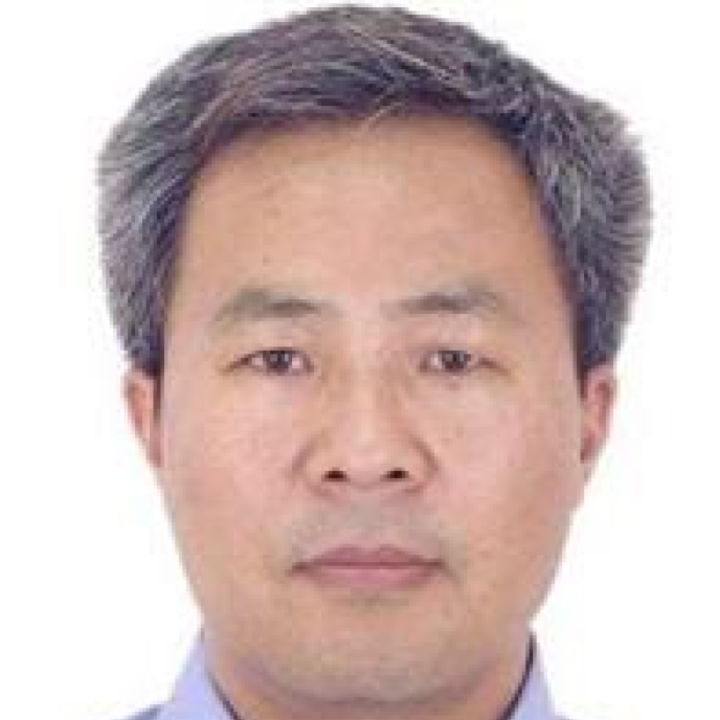
Zhendong Dai
@ Nanjing University of Aeronautics and Astronautics, China
Title: Biomimetic on gecko locomotion: from biology to engineering.
Abstract: Geckos have been studied for many years for their excellent moving abilities on various substrates, including any inclines, even ceilings, and various rough surfaces. The paper reports our studies on the gecko adhesive mechanism, attaching and detaching dynamics, and gecko-inspired robot for micro-gravity condition. Studies suggested that van der Waals force between seta of gecko and substrate was the mechanism generating adhesion, which is very difficult to keep the distance between setae and substrate under sub-nanometers, here we designed an experiment and measured the contact/ tribo-electrifiction, the results showed the evidence of influence of contact / tribo-electrifiction on adhesion. Our studies show that geckos prefer to detach from substrate by toe abduction, instand of peeling from substrate. We developed gecko-inspired robot and carried out experiments on micro-gravity simulating status.
Biography: Prof. Zhendong Dai is the founder and director of Institute of Bio-inspired Structure and Surface Engineering (NUAA), and a tutor of PhD students. He was a post doctor and visiting scientist Max Planck Institute for Developmental Biology, one of evaluation experts for the Department of Automation, Division of Information Technical Sciences, 12th and 13th National Natural Science Fund Committee. He is one of the Chinese delegates of International Institute of Bionic Engineering, an executive member of the council of Chinese Mechanical Engineering in Tribology, a member of the academic committee of the State Key Laboratory of Solid Lubrication, a senior member Chinese Materials Research Society, and a member of Chinese Association for Artificial Intelligence. He is also a member of ASME, SPIE, and IOP. What’ s more, he is a member of editorial board of many academic journals such as Journal of Bionic Engineering, International Journal of Vehicle Autonomous System, Tribology and so on. He has authored more than 200 papers, owned 26 patents and published 4 monographs and won several national and provincial Science and Technology Awards.
Acknowledgments: We acknowledge the contributions of the team in IBSS and financial support from NSFC under Number